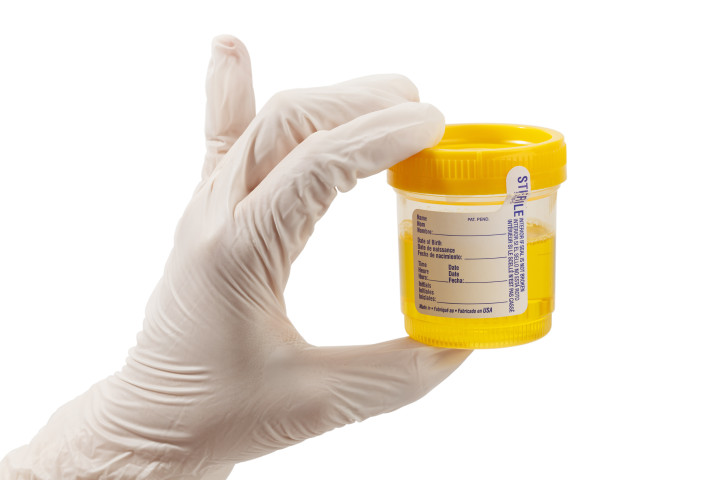


Chlamydia is a type of sexually transmitted disease, which is caused by a bacteria Chlamydia trachomatis. Being very common, it is transmitted via vaginal, oral or anal sex. It may also be transmitted by sharing sex toys that are not cleaned properly. Any symptoms or signs of infection are not seen in people suffering from Chlamydia quite often leading to its spread more easily. In case symptoms appear, they occur typically within 3-21 days after being exposed to the bacteria. This makes testing for Chlamydia very important. However, what is the accuracy of urine test?

How Is Chlamydia Test Done?
Direct sample: In direct sample, a body fluid sample is collected from the area affected. In adults, such areas are the urethra, cervix, rectum, eye or vagina.
Urine sample: If your urine sample is to be collected for testing nucleic acid amplification including PCR testing, you should not urinate for at least two hours before your test. Never wipe your genital area to clean it before passing urine. You should try and collect the initial part of the urine stream just immediately after you start urinating. What is chlamydia urine test accuracy?
How Do Urine Test And Cervical Swab Compare For Accuracy?
|
Test |
Sensitivity* |
Specificity† |
|
Men |
||
|
Urethral Swab NAAT |
97.9% |
96.2% |
|
Urine NAAT |
96.1% |
97.3% |
|
Women |
||
|
Cervical Swab NAAT |
98.4% |
96.0% |
|
Urine NAAT |
94.4% |
98.1% |
NAAT: Nucleic acid amplification test
*Sensitivity: Ability of the test to identify correctly cases with Chlamydia (true-positives)
†Specificity: Ability of the test to identify correctly cases without Chlamydia (true-negatives)
After determining the chlamydia urine test accuracy, let’s discuss some tips to collect most accurate urine samples:
After discussing what Chlamydia urine test accuracy is, let’s discuss symptoms of chlamydia. It is difficult to tell whether you have chlamydia infection as symptoms are usually not so apparent. Some of the symptoms are:
In females:
In males:
What Is the Treatment of Chlamydia?
Your physician will give prescription antibiotics to take orally, usually doxycycline or azithromycin. Your physician will also advise that your partner(s) should also get treatment so as to prevent re-infection and spread the infection further.
The infection will get better in around one or two weeks with treatment. You should finish your medicine, even if you start feeling better.Females who have severe infection with chlamydia may need hospitalization, pain-killers and intravenous antibiotics.
You should get a test done for chlamydia 3 months after finishing your antibiotics to make sure the infection is treated. This is especially important if you are not sure about whether your partner has taken treatment or not. Avoid having sex until both of you are treated of the infection.
What Will Happen If You Don't Get Treatment for Chlamydia?
If you don’t get treatment for chlamydia, your risks of developing several medical problems are increased.
For females: If not treated, chlamydia can result in pelvic inflammatory disease or PID, which can damage the fallopian tubes or cause infertility. It also increases the risk of developing ectopic pregnancy. It may also lead to premature births and the infection may pass from the mother to the baby during delivery, resulting in infection of the eye, blindness or pneumonia in the infant.
For males: Untreated chlamydia may result in nongonococcal urethritis, epididymitis or proctitis.
How Can Chlamydia Infection Be Prevented?
You can reduce your risk of chlamydia infection by: